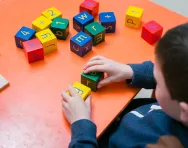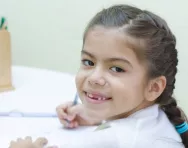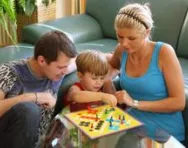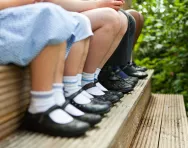Important update from TheSchoolRun
For the past 13 years, TheSchoolRun has been run by a small team of mums working from home, dedicated to providing quality educational resources to primary school parents. Unfortunately, rising supplier costs and falling revenue have made it impossible for us to continue operating, and we’ve had to make the difficult decision to close. The good news: We’ve arranged for another educational provider to take over many of our resources. These will be hosted on a new portal, where the content will be updated and expanded to support your child’s learning.
What this means for subscribers:
- Your subscription is still active, and for now, you can keep using the website as normal — just log in with your usual details to access all our articles and resources*.
- In a few months, all resources will move to the new portal. You’ll continue to have access there until your subscription ends. We’ll send you full details nearer the time.
- As a thank you for your support, we’ll also be sending you 16 primary school eBooks (worth £108.84) to download and keep.
A few changes to be aware of:
- The Learning Journey weekly email has ended, but your child’s plan will still be updated on your dashboard each Monday. Just log in to see the recommended worksheets.
- The 11+ weekly emails have now ended. We sent you all the remaining emails in the series at the end of March — please check your inbox (and spam folder) if you haven’t seen them. You can also follow the full programme here: 11+ Learning Journey.
If you have any questions, please contact us at [email protected]. Thank you for being part of our journey it’s been a privilege to support your family’s learning.
*If you need to reset your password, it will still work as usual. Please check your spam folder if the reset email doesn’t appear in your inbox.
Living with autism
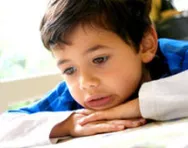
Children with autism are not all alike. In fact, they’re as different from each other as any other children. There is an ‘autistic spectrum' and children may be on different points of it. Also, some children have difficulties alongside their autism, which may affect their education and their overall emotional and social development.
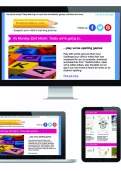
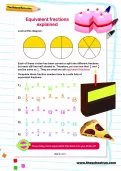
Start a unique learning programme!
- Weekly programme for each school year
- Worksheets sent direct to your inbox
- Keeps your child's learning on track
Other autistic children may be able to learn as well as, or even better than, children of the same age who don't have autism. Occasionally a child with autism may truly shine at one or two particular subjects such as maths, music or art.
Autism affects the ability and desire to connect with other people. It may or may not be obvious to people outside the family that a child has autism. In fact, some children with autism are not diagnosed for a long time, as the symptoms of autism are not always clear-cut.
What children with autism do have in common is serious difficulty with communication. Often this only becomes clear as they emerge from babyhood. A toddler can develop normally and then start to ‘go backwards', stopping learning to talk for instance when they had been making progress before.
Therapies for autism
There is no actual cure for autism, though some people do develop ways of living independently and overcoming some of the most problematic aspects of the condition. But the very individual nature of autism is one of the reasons why treatment or therapy is such a challenge.
Interventions for children with autism range from communication-based approaches such as PECS (Pictorial Exchange Communication System) and TEACCH (Treatment of Autistic and Communication Handicapped Children) to more traditional techniques. These are designed to teach basic learning skills and they include techniques such as ABA (Applied Behaviour Analysis). Some more unusual approaches are exercise, swimming with dolphins, massage, and aromatherapy.
Other resources:
Call the National Autistic Society's helpline on 0845 0704004. Open Monday - Friday, 10am - 4pm.
